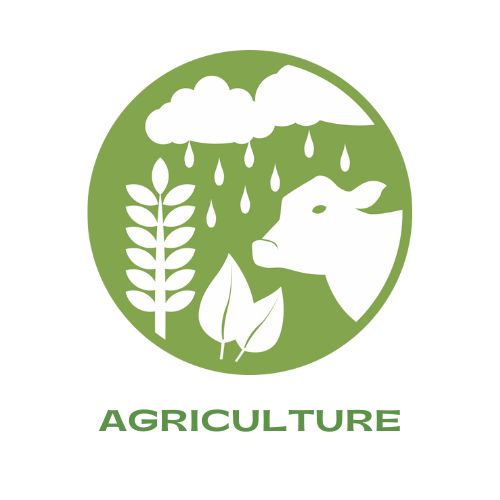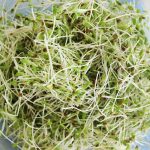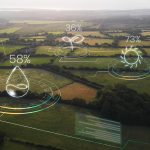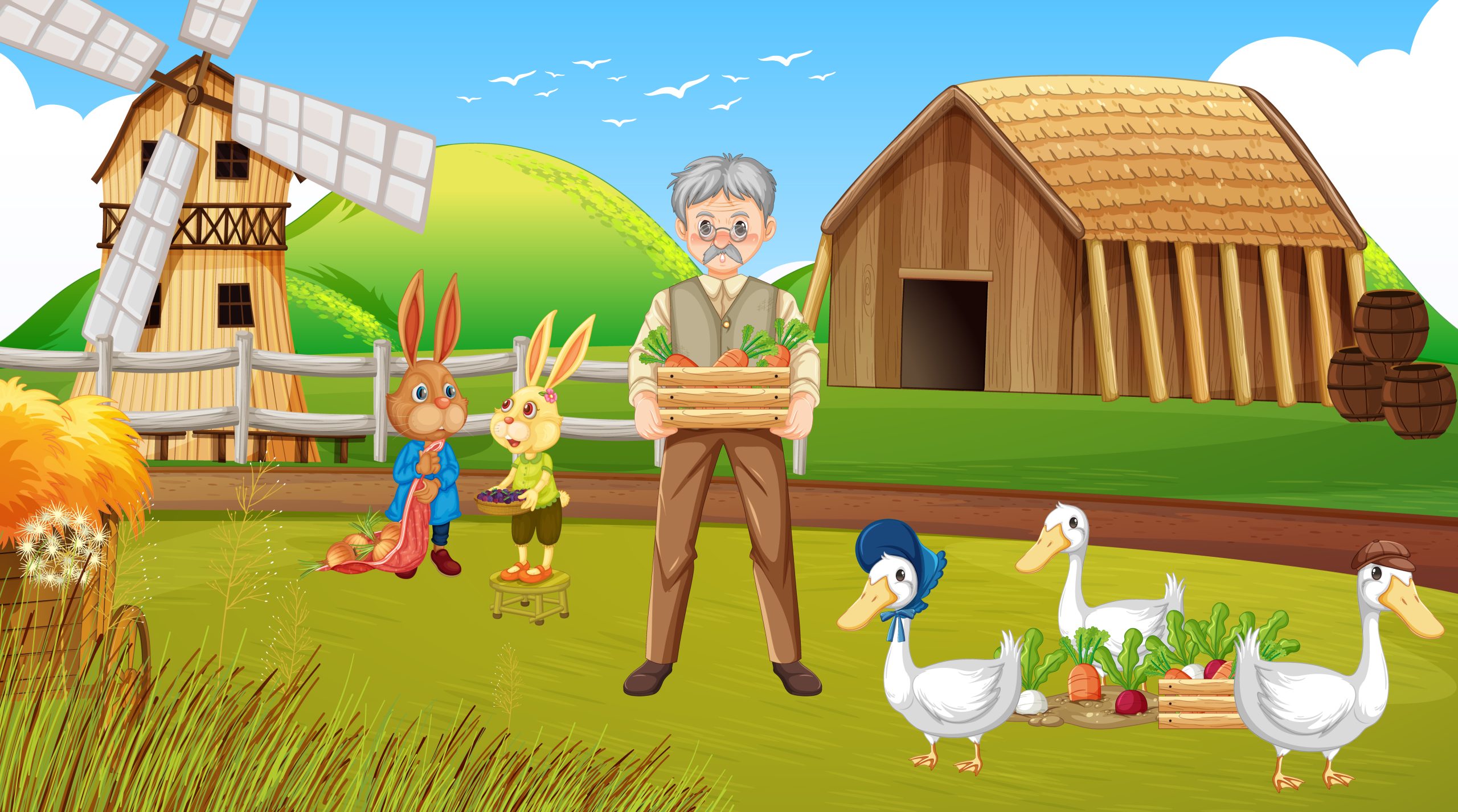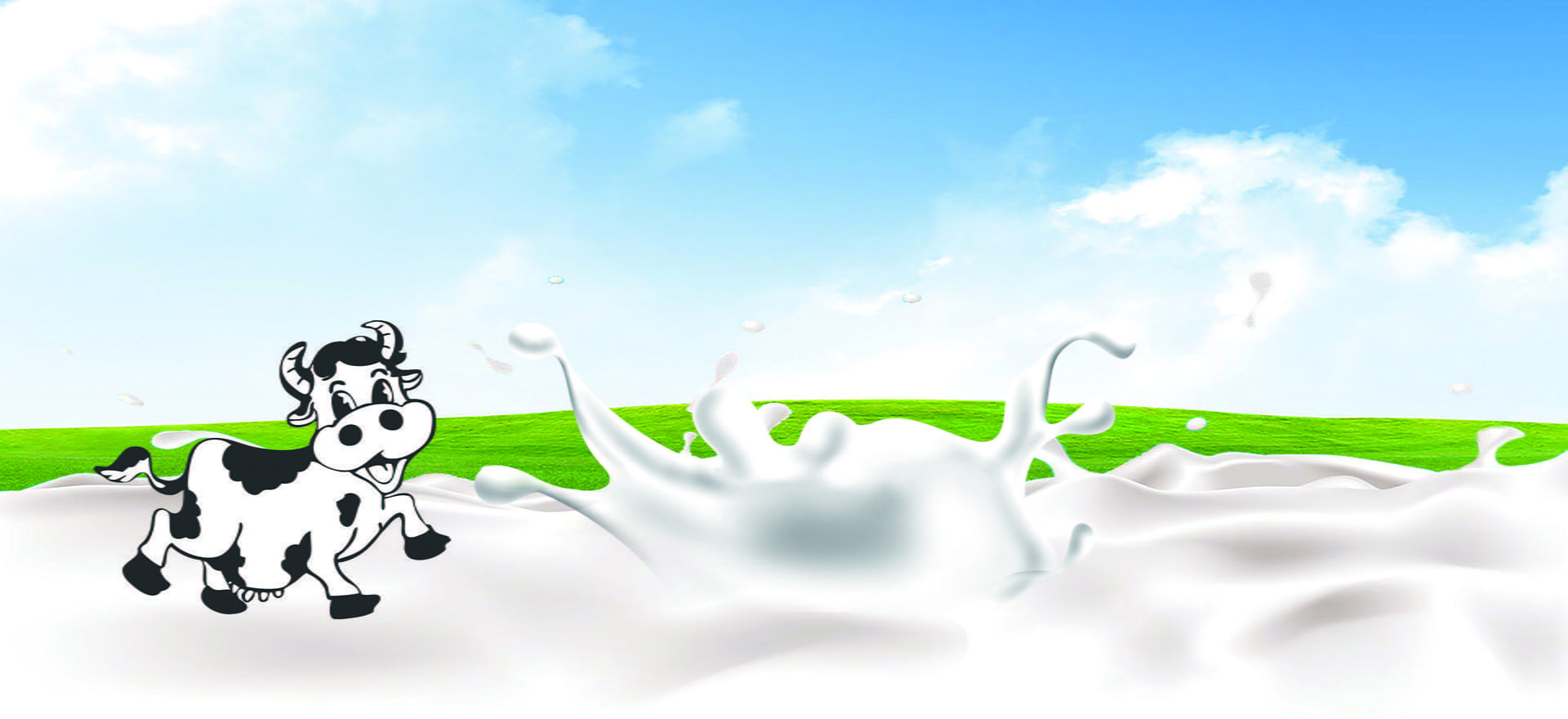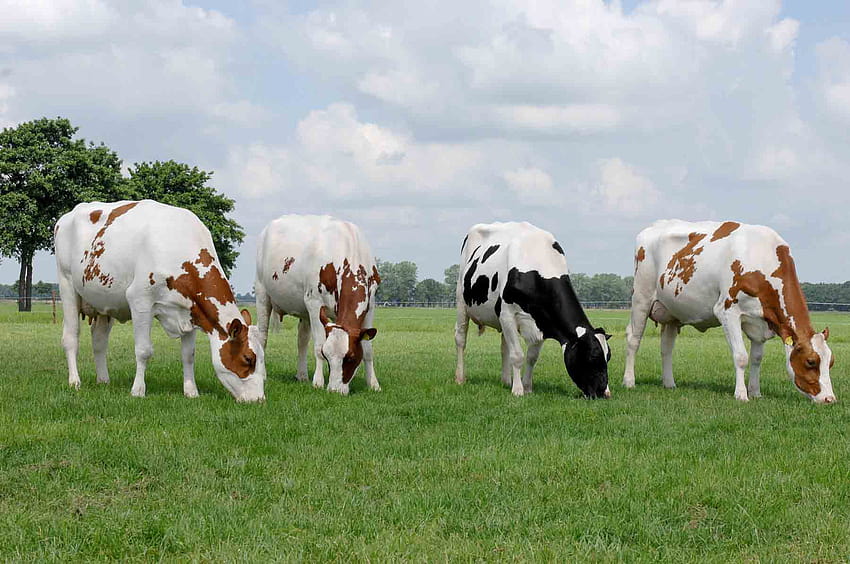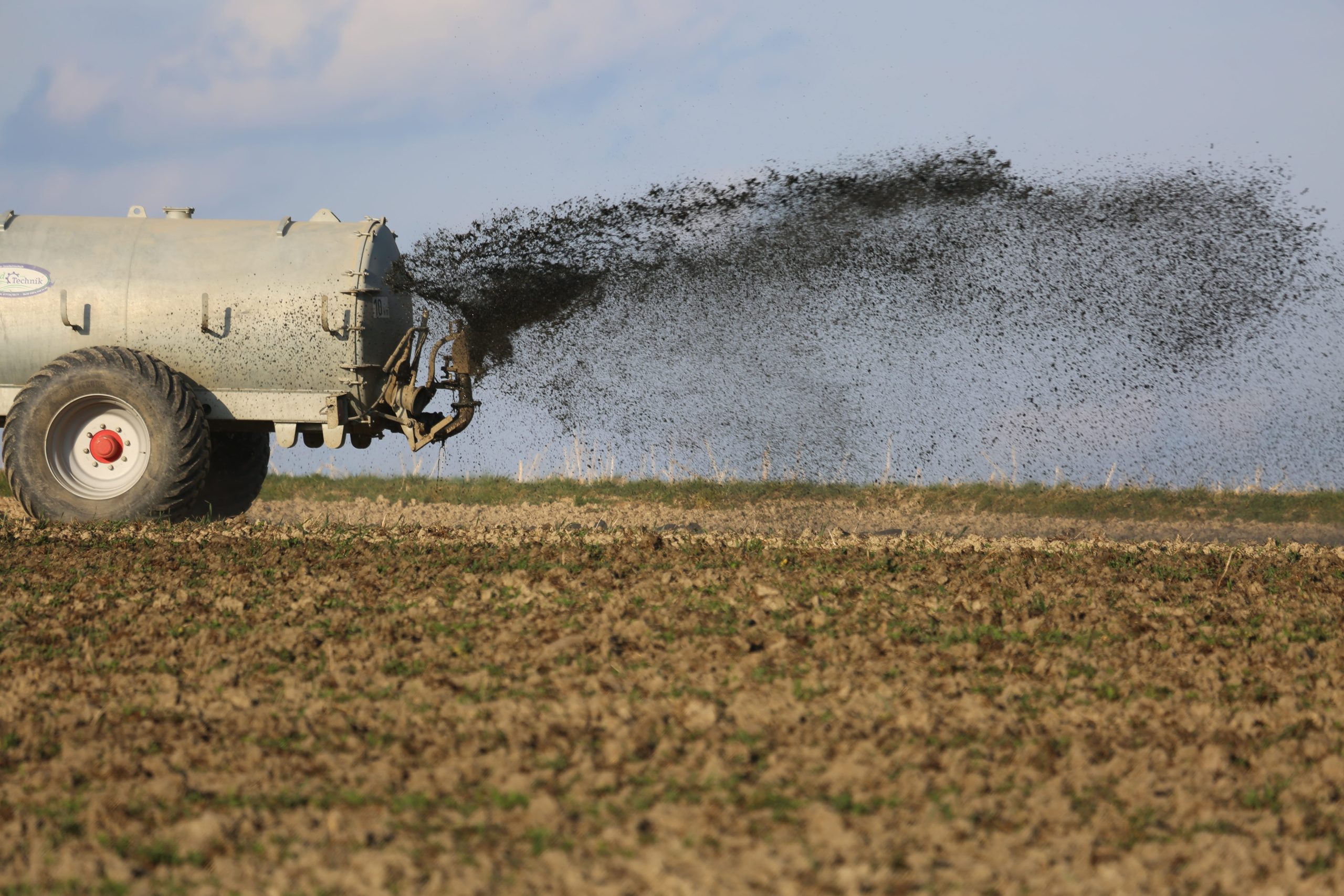Cheese holds a special place in cuisines around the world. Behind every great cheese is milk from cows, goats, sheep or other animals, fermented with precise care. While large factories dominate cheese production, a growing movement of small-scale artisans craft unique varieties reflecting regional cultures and dairy diversity.
These artisan producers blend tradition and innovation to create distinctive, flavorful cheeses. By sustainably sourcing milk from smaller herds, they support local economies and preserve farmland. From creamy blues to mellow cheddars, artisanal cheeses showcase the best of terroir through time-honored techniques.
This article will shine a spotlight on artisan cheesemakers who honor Old World wisdom while breaking new ground. We will survey prized varieties, milk sources, cultures, aging choices and affineur collaborations. By sharing the stories of these dedicated individuals, we hope to inspire greater appreciation for their painstaking craft. Let’s savor a tasting flight of artisan cheese innovations across the local foods landscape.
Revival of Traditional Traditions
For millennia, cheesemaking allowed people to preserve nutritious milk into transportable, non-perishable form. Cheese production blossomed across Europe, with distinct regional styles reflecting indigenous milk, cultures and environments. From French chèvre to Italian Parmigiano-Reggiano, cheese varieties became intrinsically linked to local cultures and cuisines.
However, cheese manufacture was industrialized and consolidated over the 20th century. Many small dairies and creameries shuttered due to processing costs and pasteurization requirements. While output increased, unique small-batch cheeses were lost, along with their cheesemaking wisdom.
Over the past 30 years, consumer demand for diversity and recognition of at-risk food traditions has driven an artisan cheese renaissance. According to the American Cheese Society, the United States now boasts over 900 artisan, farmstead and specialty producers. Traditional techniques are being revived with new local twists from Vermont to California.
These artisans start with the highest quality milk from pasture-raised cows, goats or sheep. The best cheeses begin with healthy, happy animals and careful stewardship of the land. By tapping sustainable small dairies, cheesemakers support regional environmental and economic vitality.
The Cheesemaker’s Palette: Milk, Cultures, Mold
Milk is the canvas for each artisan cheese, carrying distinct flavors from the animals’ breed, diet, environment and season. Cows generally produce higher volumes, while goat and sheep milk offer more sugars, minerals and proteins that affect texture. Within each species, choosing heritage breeds like Jersey cows brings greater diversity.
Producers may use raw or pasteurized milk to create the profile they desire. They rely on active starter cultures, ripening cultures and enzymes to guide aroma, acidity and boldness. Common starters include mesophilic and thermophilic varieties such as lactococcus and streptococcus bacteria. Cultures derived from mold spores provide characteristics like the blue veining in Roquefort.
For surface ripened cheeses like Brie or Camembert, cheesemakers skillfully apply mold communities that form the signature rind. They may inoculate with penicillium candidum, geotrichum, brevibacterium or combinations tailored to their cheese and aging room. The rind breaks down proteins and fats, enriching the interior paste while limiting undesirable molds.
Affinage: The Art of Aging
Meticulous monitoring during aging, or affinage, allows each cheese to blossom into its ideal form. The wheels may rest on wooden boards or reedy mats in carefully controlled cellars or caves. Temperature, humidity, air flow and light are all managed to bring the cheeses to peak expression.
Soft cheeses may be aged only weeks, while firm varieties like cheddar and alpine styles age for months to years. Longer aging concentrates flavors and typically commands higher prices.Determines the rate of aging based on the impacts on flavor, from mellowing to intensification.
Throughout the process, surfaces are continually treated to retain moisture and promote good rinds. Hard cheeses may be brushed, oiled or washed in beer, wine or spirits to nourish desired molds or yeasts. Turning and gentle washing limit unwanted fungal growth. Judicious scraping also helps build character over time.
Extended aging requires both scientific rigor and intuitive artistry. Award-winning cheesemakers rely on theirdeep experience and senses to determine when each wheel is ready. This mastery over the aging journey allows them to reveal the full potential inherent in the milk.
Affinage Partnerships
To augment their skills, many artisan producers partner with professional affineurs for a portion of the aging process. These specialists mature cheeses in dedicated aging caves according to centuries-old localized practices. Prominent affineurs in Europe include Neal’s Yard Creamery in England and the legendary Hervé Mons cave in France.
Stateside affineurs are playing an increasing role in developing New World artisan cheese traditions. ands like Crown Finish Caves in New York and Caves of Faribault in Minnesota provide carefully tailoredenvironments outside the creamery. Their expertise helps craft cheesed with distinct regional American characters.
Such collaborations allow farmstead cheesemakers to focus on early production steps with milking and cheesemaking. Passing wheels on to affineurs frees space in the creamery’s own caves and takes advantage of specialized regional curing. These synergies enable small producers to bring truly great cheeses to market.
Survey of Celebrated Cheeses by Style
The diverse palettes and techniques of artisan cheesemakers find expression across fresh, bloomy, washed, brined and aged varieties. Here we highlight some of the most prized styles and flavors from leading producers around the country:
Fresh Cheese
- Petit Frère by Parish Hill Creamery – This smooth, creamy cousin of ricotta won Best of Show at the 2015 American Cheese Society awards. Made in Vermont from raw Jersey cow’s milk.
- Chèvre by Firefly Farms – Perennial medal winners at major cheese competitions for their goat’s milk chèvres. Their Merry Goat Round bloomy cheese gains floral notes from a native wildflower honey coating. Based in Maryland.
Bloomy Rind
- Harbison by Jasper Hill – A soft ripened wheel with a woodsy rind wrapped around an oozy interior with hints of mustard, butter and mushrooms. Made at Jasper Hill’s Cellars at Jasper Hill in Vermont.
- Charloe by Sequatchie Cove Creamery – This young Camembert carries apple and cream notes within a downy white rind. Made in Tennessee from the milk of cows on the creamery’s farm.
Washed Rind
- Oma by Von Trapp Farmstead – An aromatic washed rind wheel with a complex nutty, fruity profile. Made in Vermont from the farm’s heritage-breed Jersey cows.
- Fat Bottom Girl by Parish Hill Creamery – Robust flavors of roasted nuts and burnt sugar swirled into hints of fruit. Washed with whey from Grafton cheddar production.
Brined Cheese
- Amos Miller’s Original Swiss Cheese – Handcrafted raw milk Swiss in the tradition of Pennsylvania’s Amish culture. Aged over 60 days for complex flavor balancing sweet and tangy.
- Anabasque by Meadow Creek Dairy – Texture and grassy flavor reminiscent of Spain’s Torta del Casar, made in Virginia washed with local hard cider lees.
Alpine Style
- Alpha Tolman by Jasper Hill – Aged for a year, this Alpine-style cheese develops deep complexity with notes of roasted nuts, dried fruit and caramel. Made in Vermont.
- Mountaineer by Meadow Creek Dairy- Firm and supple, with sweet herbal notes that reflect the richness of their Jersey cows’ milk. Won Best in Show at the American Cheese Society in 2015.
Cheddar
- Release the Hounds by Bleating Heart Cheese – A smoked cheddar washed in beer that balances savory, sweet and herbal flavors. Made in Wisconsin.
- Red Darla by Fiscalini Farmstead Cheese Company – Aged for over a year, this bandage-wrapped cheddar from California carries toasted nut flavors rounded out with hints of brown butter.
Blue Cheese
- Caveman Blue by Rogue Creamery – Natural cave aging concentrates the deep wild berry flavors in this Oregon blue cheese made from certified organic cow’s milk.
- Avalanche Blue by Avalanche Cheese Company – Made in Colorado, this complex blue balances salt, spice and prominent veining with rich milk from the dairy’s grass-fed cows.
The Tradition Continues
American artisan cheesemaking has come a long way, but much heritage remains to be recovered. Thankfully, many veteran cheesemakers are now passing down their time-honed skills. Educational creameries like Culture Magazine’s Curd Nerd program also aim to develop aspiring affineurs and cheesemakers.
As consumer interest grows, the future looks bright for innovative new American originals. Diverse milk from pasture-raised animals and tailored aging practices will yield cheeses with distinctive personalities. There is always more to discover in the endlessly fascinating world of cheese. Please support your local creameries pursuing the artisan cheesemaking tradition.

